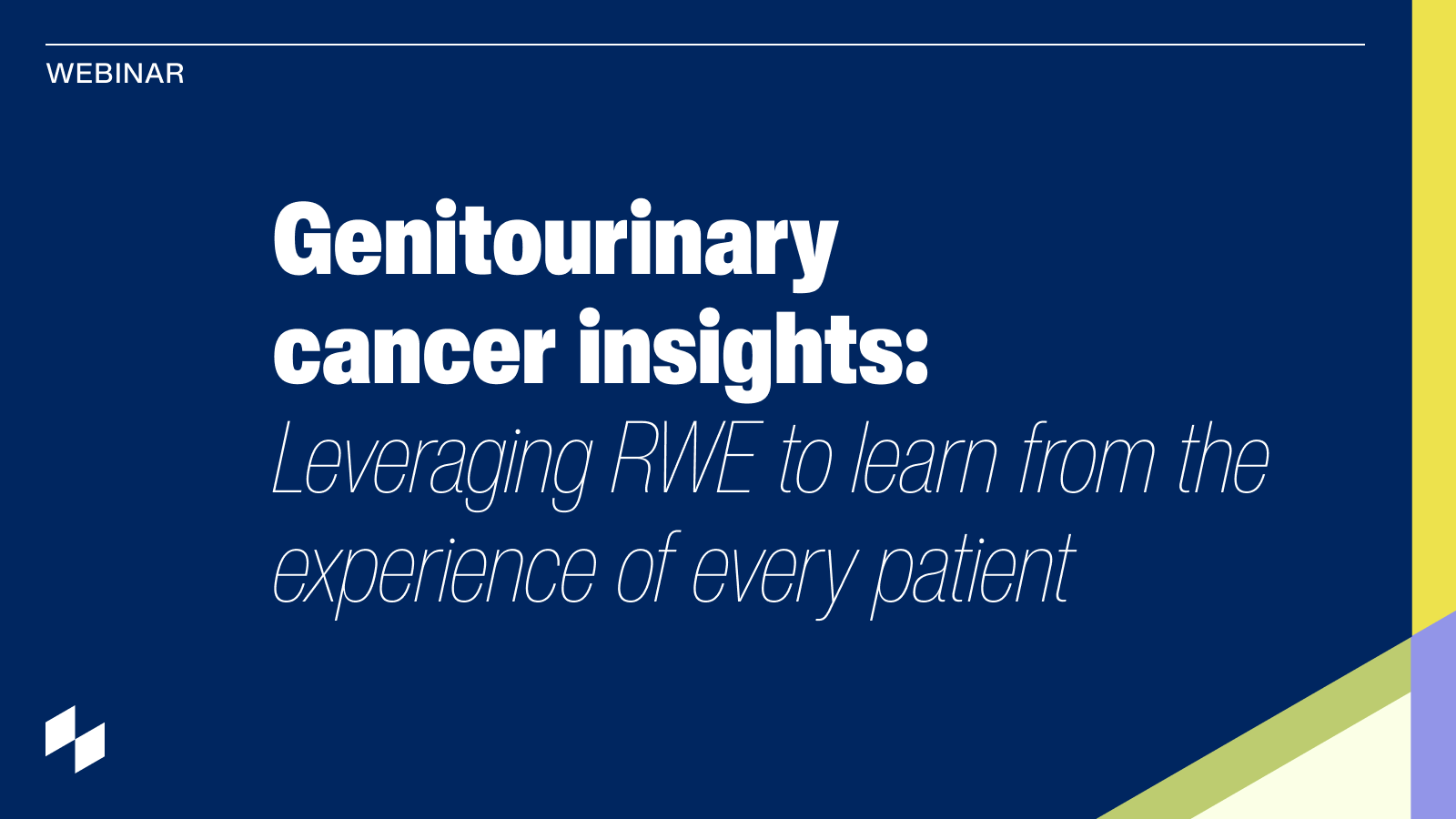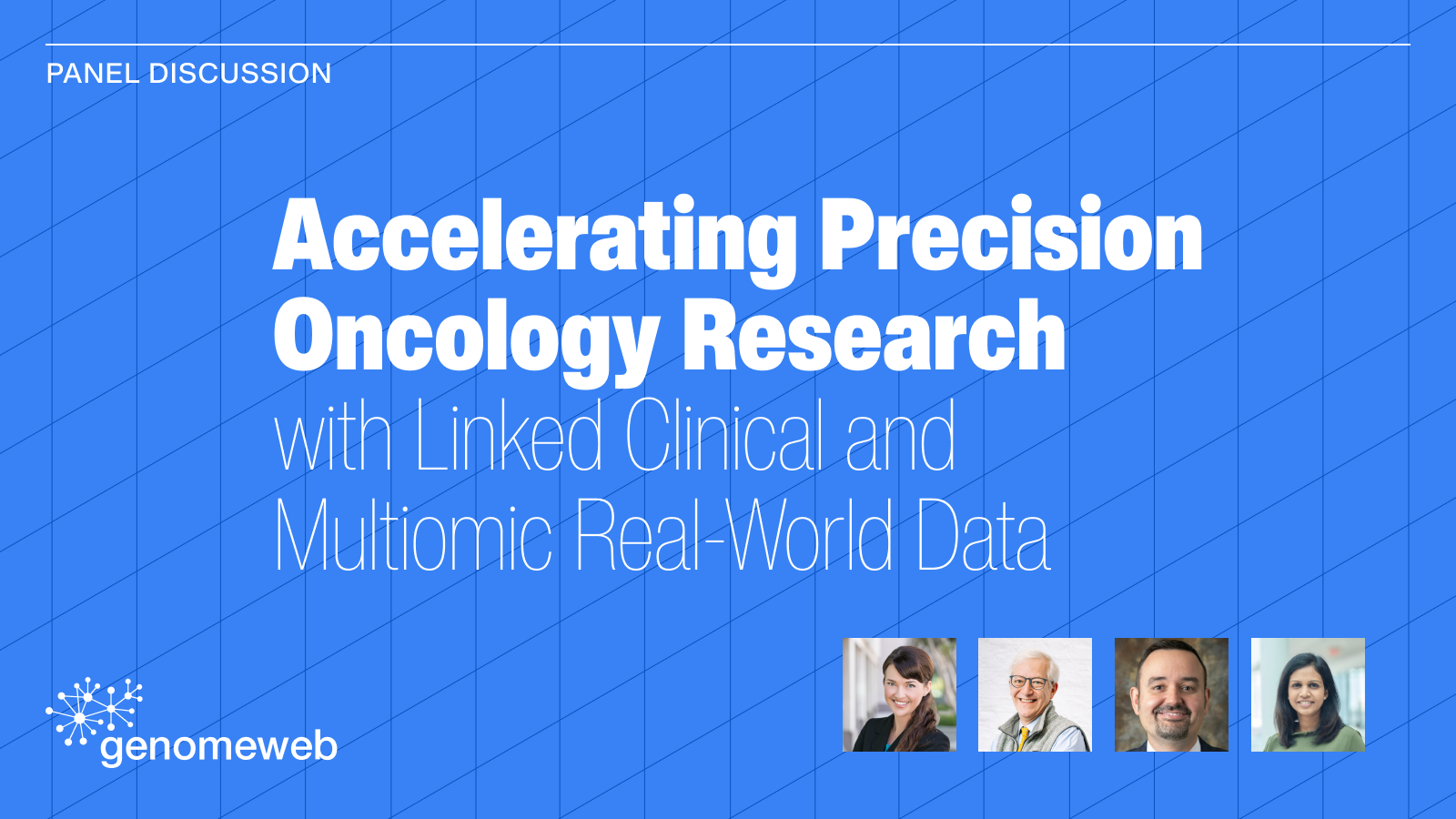Simon Papillon-Cavanagh, PhD discuss how two key biomarker mutations can serve as prognostic indicators in an observational real-world lung cancer dataset.

Transcript
Simon Papillon-Cavanagh: Right. So the challenge with assessing the prognostic versus predictive nature of STK or KEAP1 mutations and non-small cell lung cancer is twofold, which is a fairly low mutation prevalence and a modest effect size. So you really need a large cohort to really test the specific interaction terms between the mutation status and outcomes across different treatment paradigms
So the key questions we try to address in this presentation. The first one, the major one is, are those mutations associated with poor outcomes across all first line treatment paradigms? And the second question is, is there a synergistic effect among those two mutations on outcomes
Next slide, please. So as I was mentioning before, there are really a plethora of papers or publications that have detailed the negative effect of STK11 mutations on ICB treatment outcomes. But really, the big caveat here is that there are very few if any, in this case is none, control arms that are non ICB treated, so we can't really assess this, there is a prognostic biomarker, or does that have treatment specific effects on outcomes
Next slide, please. And the debate rages on, this is just a snapshot of publications at ASCO 2020. So just back this summer. So it's a hot topic of conversation. So we hope that our study here leveraging the CGDB does not add to the noise. But really, given the depth of the cohorts and really the size of the cohort, we can help answer some of those questions
Next slide, please. So cohorts in approach, basically, this kind of the funnel that is quite common, and how we filter out patients to make sure we have the highest quality data, again, leveraging the large cohort. So we filter the non-small cell lung cancer patients that have a non-squamous histology and first line treatments across those kind of five buckets, if you will, to have a total of just above 2000 patients. And we'll do our comparison across those five treatment paradigms against this first line
But really, the kind of the killer comparison we want to look at is the Anti-PD-1 vs Platinum chemo. So this is what the cohort looks like. We separated here mutant wild-type. So mutant means if a patient has a mutation in either STK11 or KEAP1, just note that those mutations are frequently co-occurring. So if you have one, you very likely have the other. So enrichen male patients, they are younger, more likely to be smokers and high TMB
And just one note on the, there is a statistical difference in the treatment paradigm, that is because EGFR mutations and STK11 and KEAP1 mutation are mutually exclusive. So if we repeat the same comparison, but we discard or exclude EGFR mutated patients, there's no difference in mutant versus wild-type first line treatment paradigms. And as previously reported, there is a lower PDL1 staining in the STK11 mutants sub cohort here.
Next slide, please. So the kind of workflow that we use is very simple here on patients that have complete data. The funnel I described before, we selected the CGDB data on two genes. So the mutation date on two genes, STK11 and KEAP1, and we tested for OS and real world PFS. And we tested the specific interaction term. I'll show you the model in a few slides to really says the IO specific or immune checkpoint specific effect of those mutations.
Next slide, please. So let's go right into the results. The effect of the two mutations, real world PFS [inaudible] except EGFR as for the reasons I just described earlier, basically those patients don't get EGFR treatment. Which kind of gets to our points that the negative outcomes associated with those mutations are [inaudible] to actually test statistically, on the B panel here, we're looking at the interaction term of real world PFS of either mutation and treatments. They're really comparing Anti-PD-1 versus Platinum based chemotherapy here
And we see that there is no treatment specific effects. So the hazard ratio is not different for either mutations. So this suggests that the impact of those mutations is really prognostic and not predictive, or not specific for IO therapy. Next slide, please. And here, we looked at an either Anti-PD-1 on the left hand side or platinum based chemotherapy on the right hand side, just stratify by the different mutational status, just to test if there was a synergistic effect of either mutation, then you can clearly see that the double mutants does worse than KEAP1 or STK11 alone, which all of them do worse than the double wild-type. So wild-type for all those issues. That's consistent with the treatment paradigm.
So suggesting that those effects are additive, and that there's not a synergy. We also tested that mathematically. And the hazard ratio of the double mutation was not the sum of [inaudible], basically. Next slide, please. We profile the same analysis really [inaudible]. Thus, again, supporting our results that those biomarkers are prognostic and not specific for IO therapy
Next slide please. Again, same thing, we tested the additivity of those mutations, it was also clear. No synergy of STK11 or KEAP1 mutations as per the overall survival outcome. And I think that's the end.


